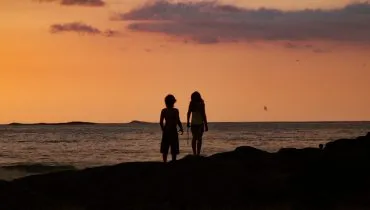Á Spáni mætast Evrópa, Afríka, Miðjarðarhafið og Atlantshafið og þar finnur þú heillandi sögu, fjölbreytta menningu og fimm opinber tungumál: Katalónsku, galisísku, baskamál (euskara) arönsku og spænsku (kastilísku). Njóttu þess að kynnast margbrotnum, svæðisbundnum matarhefðum, lífsstíl, hátíðum, byggingarlist og tónlist. Röltu um líflegar og iðandi borgir og þorp og stoppaðu svo við einn af vögnunum sem selja nýsteikt „churros“ sem þú dýfir í þykkt, heitt súkkulaði.
Fútbol (fótbolti) er vinsælasta íþrótt landsins og tryggð áhangendanna við landsliðið „La Roja“ (þá rauðu) er sterk. Hjólreiðar, körfubolti, fyrirlestrar og tónleikar eru einnig vinsælar tómstundir meðal ungmenna. Um helgar: Á kvöldin er skroppið í partý, farið í bíó og hangið með vinunum á kaffihúsum eða á bæjartorgunum.



